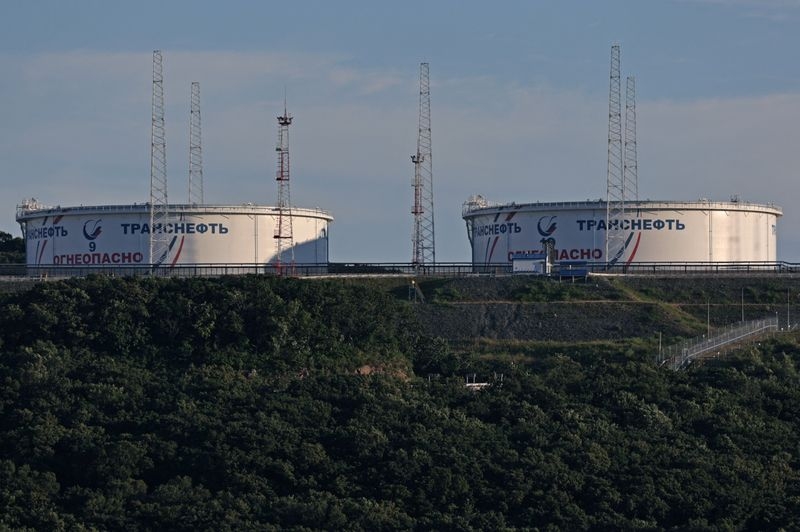
By Lucia Mutikani
WASHINGTON (Reuters) – The U.S. economy grew faster than initially thought in 2023 amid upgrades to business investment and consumer spending despite hefty interest rate increases from the Federal Reserve, revised government data showed on Thursday.
The annual benchmark revision from the Commerce Department's Bureau of Economic Analysis (BEA), the government agency that constructs the gross domestic product report, also showed a sharp upward revision to corporate profits last year. Revisions to inflation were minor, while the saving rate was raised.
"The overall picture of the economy is unchanged," Dave Wasshausen, associate director of National Economic Accounts at BEA told reporters.
Gross domestic product increased 2.9% last year, revised up from the previously estimated 2.5%. An upgrade to residential investment, which includes home building, also accounted for the revision. Growth in 2022 was raised 0.6 percentage point to 2.5%, with upward revisions to consumer spending and business investment being the main factors.
The U.S. central bank hiked interest rates by 525 basis points in 2022 and 2023. The Fed last week cut its overnight benchmark interest rate by 50 basis points to the 4.75%-5.00% range, the first reduction in borrowing costs since 2020.
The BEA revised the national accounts data from the first quarter of 2019 through the first quarter of 2024 to incorporate newly available and more comprehensive source data as well as improved estimation methodologies. First-quarter GDP data for 2024 will be published together with the third estimate of second-quarter GDP on Thursday morning.
Growth also was revised considerably higher in the first quarters of 2022 and 2023, which could amplify economists' concerns that difficulties adjusting the data for seasonal fluctuation was impacting on first-quarter growth estimates.
The so-called residual seasonality was previously a major issue with first-quarter GDP data, when it tended to understate initial growth estimates, before the government resolved the problem in 2018. Wasshausen, however, said the BEA had conducted a rigorous test and found no residual seasonality in the current data, noting that the revisions were not in the same category.
"If it was just this persistent category that was showing upward revisions in the first quarter year after year, that would certainly draw our attention, said Wasshausen. "We are still making sure that there is no residual seasonality in the GDP and GDI figures."
Corporate profits were sharply revised up by $288.5 billion, or 8.9%, in 2023. Companies have enjoyed greater pricing power amid rising inflation.
That together with upgrades to net interest, thanks to higher interest rates, and proprietors' income blunted the impact of a downgrade to wages and salaries on income. That is consistent with a recent government estimate of a big downward revision to job growth in the 12 months through March this year.
When measured from the income side, the economy grew 1.7% last year, revised up from the previously estimated 0.4%.
Gross domestic income (GDI) increased 2.8% in 2022 rather than 2.1% as previously reported. In principle, GDP and GDI should be equal, but in practice differ as they are estimated using different and largely independent source data.
The upward revisions narrowed the gap between GDI and GDP, also known as the statistical discrepancy, to 0.9% of GDI last year from the previously estimated 1.9%.
Some economists have focused on the statistical discrepancy to argue that GDP was overstating the health of the economy. Not everyone, however, agrees. Most economists say averaging GDP and GDI offers a better growth picture.
The average of GDP and GDI, also referred to as gross domestic output, increased 2.3% in 2023. That was an upward revision from the previously estimated 1.5%. Gross domestic output rose at an average annual rate of 2.3% from 2018 to 2023, revised up from the previously reported 1.9%.
The saving rate in 2023 was revised up to 4.7% from an earlier estimate of 4.5%. It has come under scrutiny as economists try to gauge how long solid consumer spending growth can persist. There were modest downward revisions to the saving rate for the prior four years.
The saving rate surged to 15.3% in 2020 when COVID-19 pandemic restrictions kept Americans at home.
(Reporting by Lucia Mutikani; Editing by Andrea Ricci)





